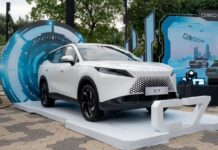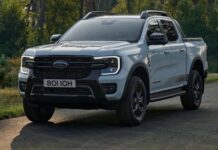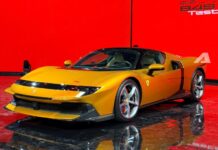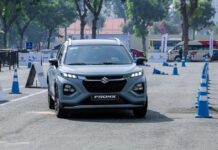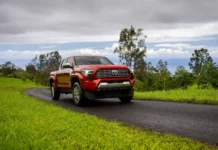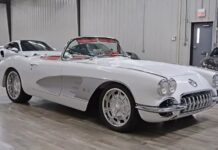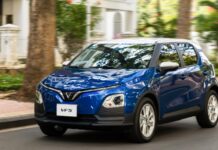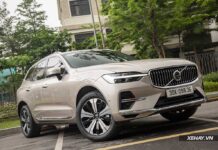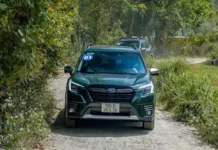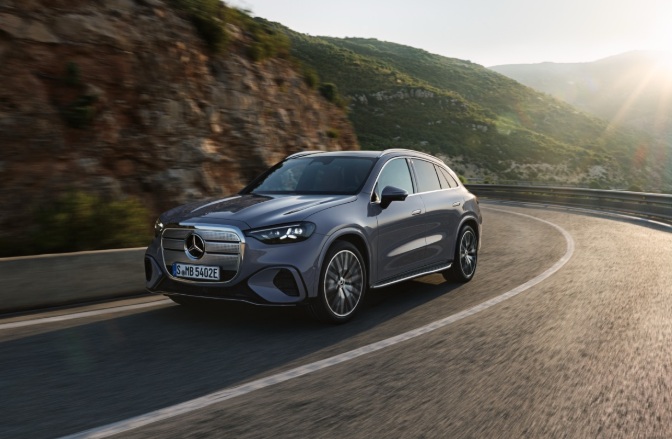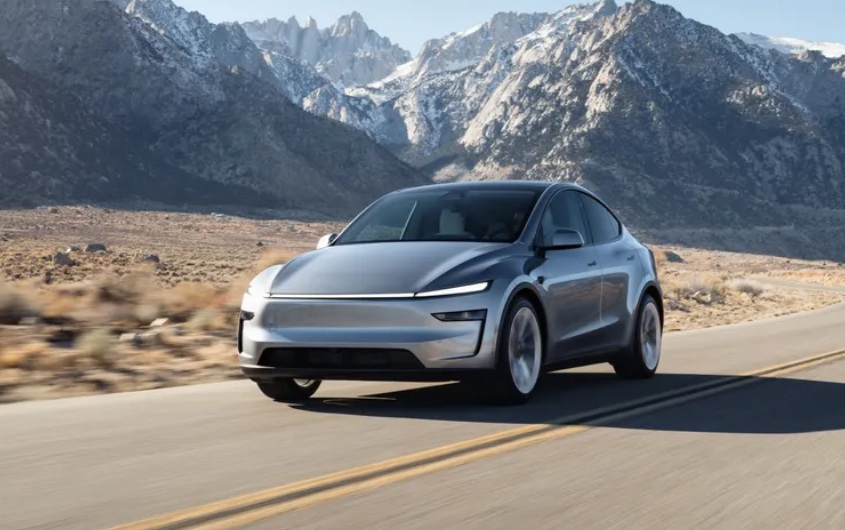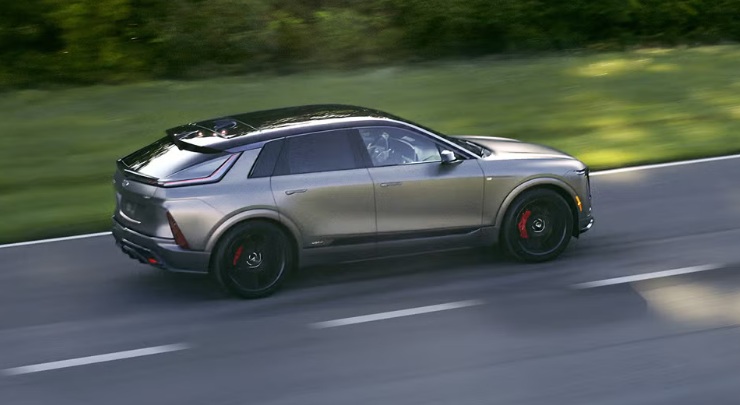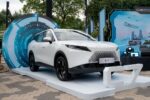Many people still fear that electric vehicle batteries will degrade quickly after a few years of use.
However, new research shows that this concern is no longer valid for the latest generation of electric vehicles. Battery technology has been significantly improved, substantially reducing capacity degradation over time and providing greater peace of mind for users.
To accurately assess battery aging, the U.S.-based analytics firm Recurrent collected real-world data from hundreds to thousands of electric vehicles across 14 brands. All metrics were directly obtained from vehicles that had been in operation for approximately three years, ensuring the results accurately reflect range loss under daily driving conditions.
The findings reveal that Cadillac, Hyundai, and Mercedes-Benz lead in maintaining range retention. Tesla also impresses by retaining over 96% of its original range after three years. Conversely, brands like Volkswagen, BMW, and Jaguar show greater degradation but still maintain above 90% of their initial range. This is still considered a promising performance for electric vehicle batteries.
Many wonder why Toyota is absent from the survey. Recurrent did not provide a specific reason, but it may be due to an insufficient number of Toyota electric vehicles available for analysis.
Notably, Recurrent does not rely on EPA-reported ranges but instead uses real-world data recorded by users when the vehicles were new. This approach ensures more accurate results, avoiding discrepancies between test standards and real-world driving conditions. Liz Najman, Market Analysis Director at Recurrent, notes that most electric vehicles exceed EPA-rated ranges during the first one to two years. Despite natural battery aging, real-world experiences show that range retention remains excellent and often surpasses expectations.
The variation in results among brands is due to several factors. Some manufacturers incorporate battery buffers to minimize perceived capacity loss. Thermal management systems and software updates that adjust regenerative braking or acceleration modes also contribute to maintaining battery performance.
Older electric vehicle models can lower a brand’s overall performance. For instance, the Chevrolet Bolt uses older battery technology, making it harder to match Cadillac’s results despite both being under GM. The Jaguar I-Pace, launched in 2018, lacks the latest advancements, and the BMW i3, produced from 2014 to 2022, does not represent BMW’s current battery technology.
According to Recurrent’s analysis, electric vehicle batteries degrade most rapidly in the early stages of use, then stabilize, with degradation slowing significantly over time. This means users will notice significant changes only in the first few years, while long-term degradation occurs very slowly. This explains why most electric vehicle owners report consistent performance after many years.
Ms. Najman concludes that users need not worry about significant range loss over time, as most modern electric vehicles are designed for long-term performance stability.
Recurrent’s data highlights Cadillac, Hyundai, Mercedes-Benz, and Tesla as the top performers in maintaining range stability. Even brands with greater degradation still retain over 90% of their original range after three years, a reassuring figure for those considering electric vehicle ownership.
TH (Tuoitrethudo)

